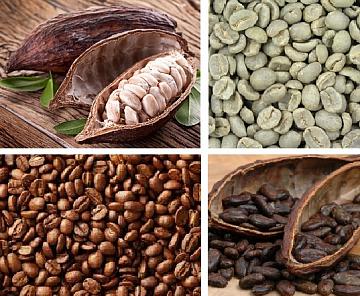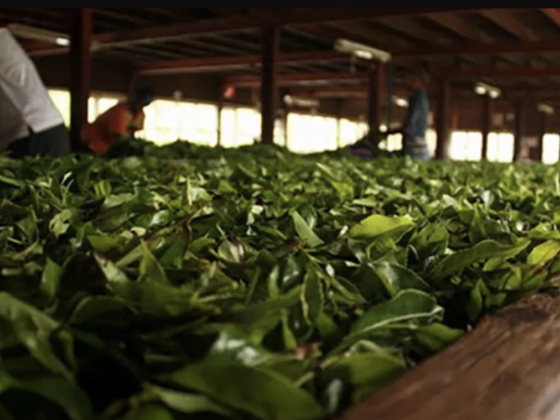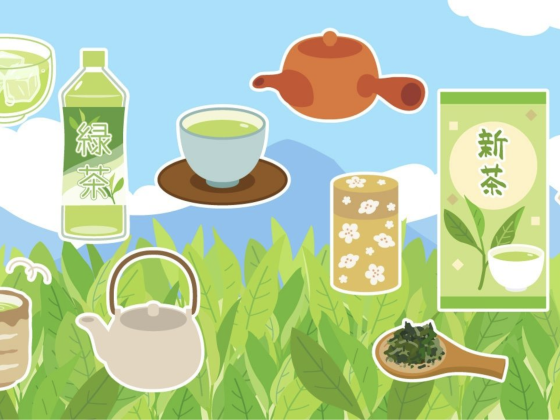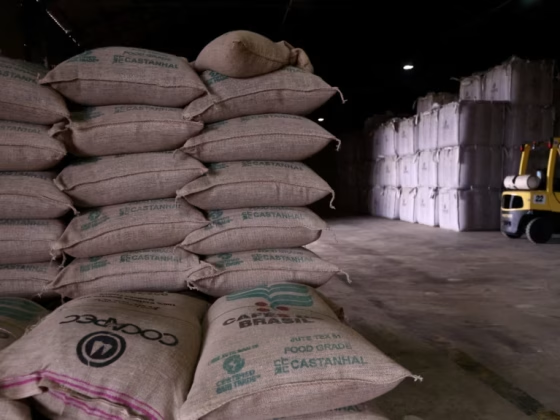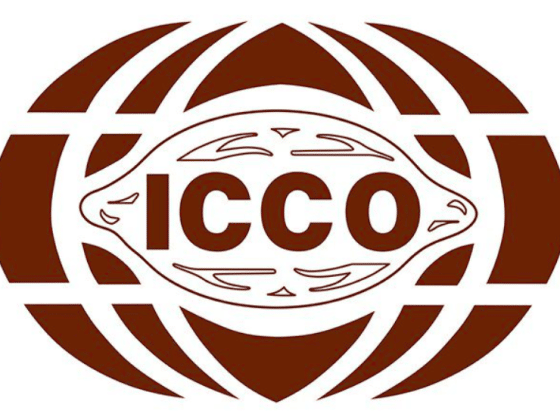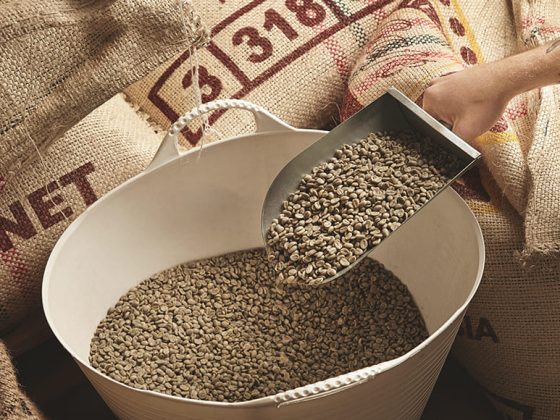Coffee, java, morning Joe, black wine, jolt juice, espresso, cappuccino. … A cup of coffee has inspired business deals, exam-preparation, student all-nighters, real estate transactions, truck-driving, dating, and diplomacy. It represents a daily ritual for millions of Americans. Imagine a world without coffee?
Several biological challenges threaten to shrink the world’s coffee supply. Almost all agricultural products that humans plant in monocultures – potatoes, pine lumber, corn, tobacco and cotton, to name but a few – ultimately get attacked by insect pests. Coffee is no different. The coffee berry borer (called la broca – “the drill” – in Latin America) did not exist in Ethiopia 50 years ago, but now significantly threatens the harvest in that country, where coffee originated. The beetle has gone global, and now thrives in almost every country that grows coffee.
In addition to threats from creatures that munch directly on its berries, coffee crops are also declining from warming climates.
Research shows that for every 1.8 degrees Fahrenheit temperature increase, the coffee borer is 8.5 percent more infectious. In other words, the beetles thrive in warmer conditions.
But coffee plants do not thrive as temperatures increase, and for that same increment of warming, Colombian coffee growers must shift their plantations 550 feet up the hillsides to cooler temperatures. The coffee-growing districts of Ethiopia have experienced a heat increase of approximately 6 degrees Fahrenheit since the 1950s, forcing farmers to either buy land up the hillside or switch to more heat-tolerant crops. Another option for some coffee farmers is shade-grown coffee: By planting in the understory of original forests, the coffee plants remain several degrees cooler than in the open sunlight. However, many regions have already clear-cut their forests, so this option is not viable.
Environmentally speaking, every coffee drinker should request shade-grown coffee. Although it costs a few cents more per cup due to its slower growth timetable, it is more sustainable for the environment, tastes better, and is less susceptible to outbreaks of coffee borers when the plants are grown amid diverse forest trees.
Either we find another popular liquid to stimulate our economic activities, or we seek solutions to the coffee borer and the warming trends that currently threaten our favorite java.
Источник: newsobserver.com/2012/08/05/2248332/climate-change-puts-moves-on-coffee.html


